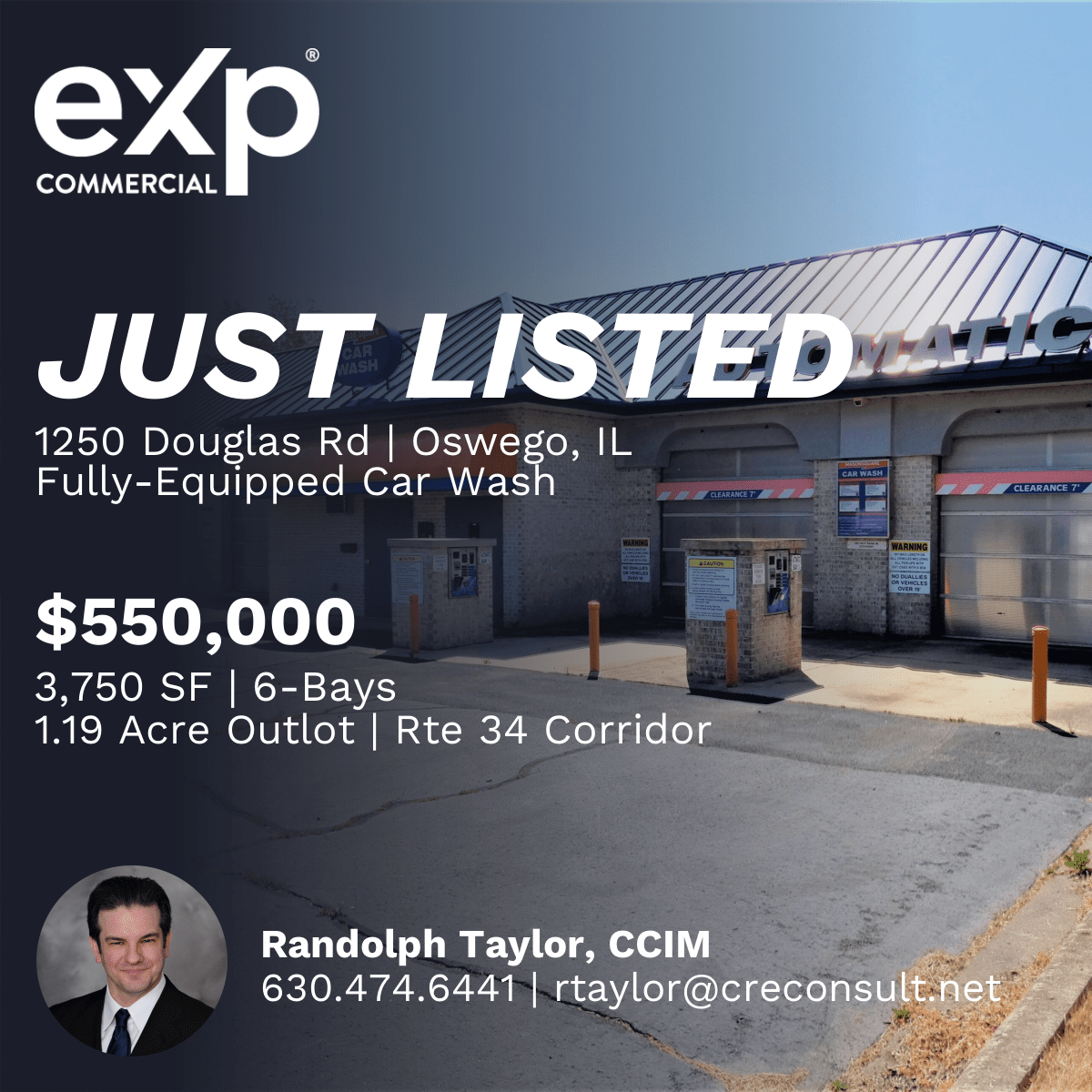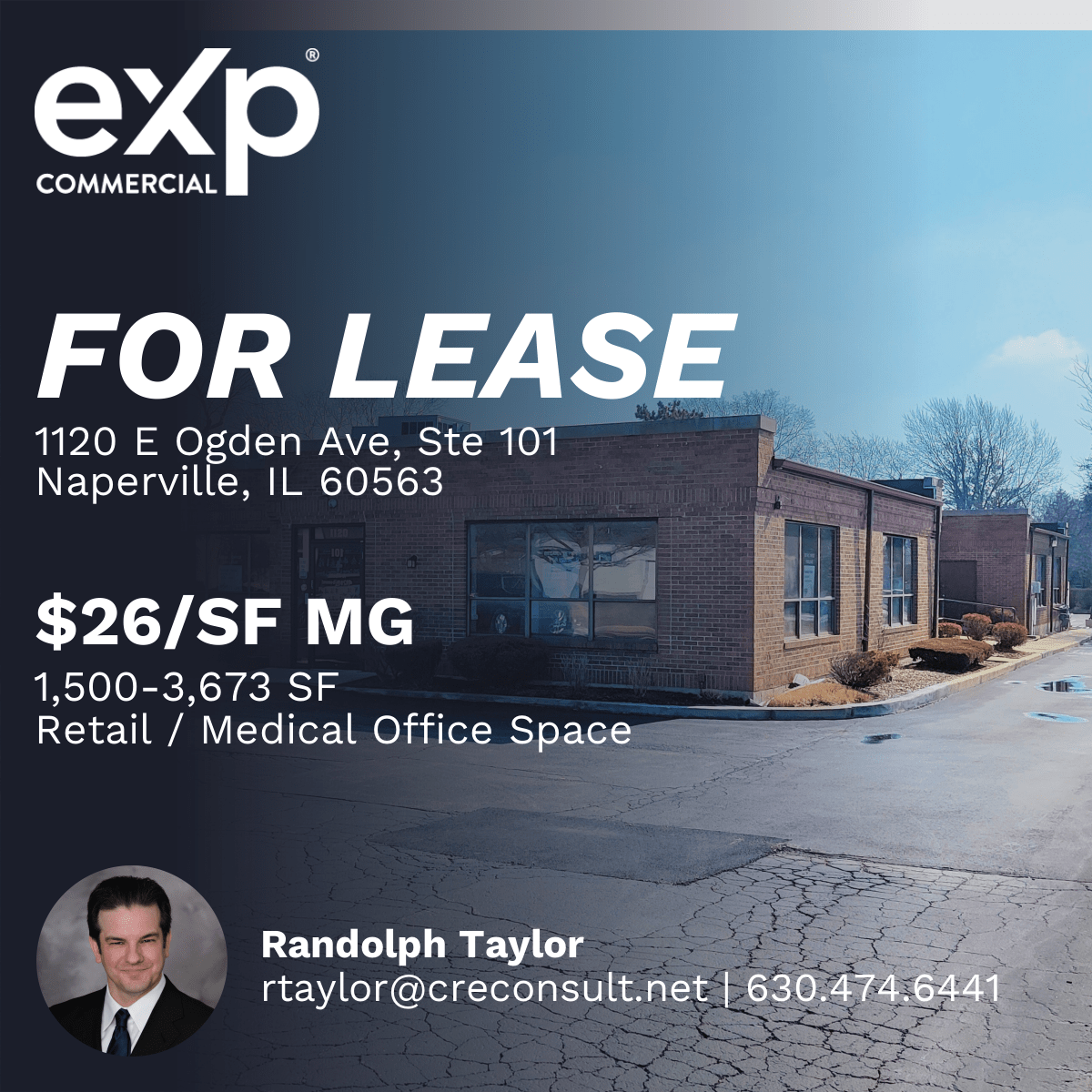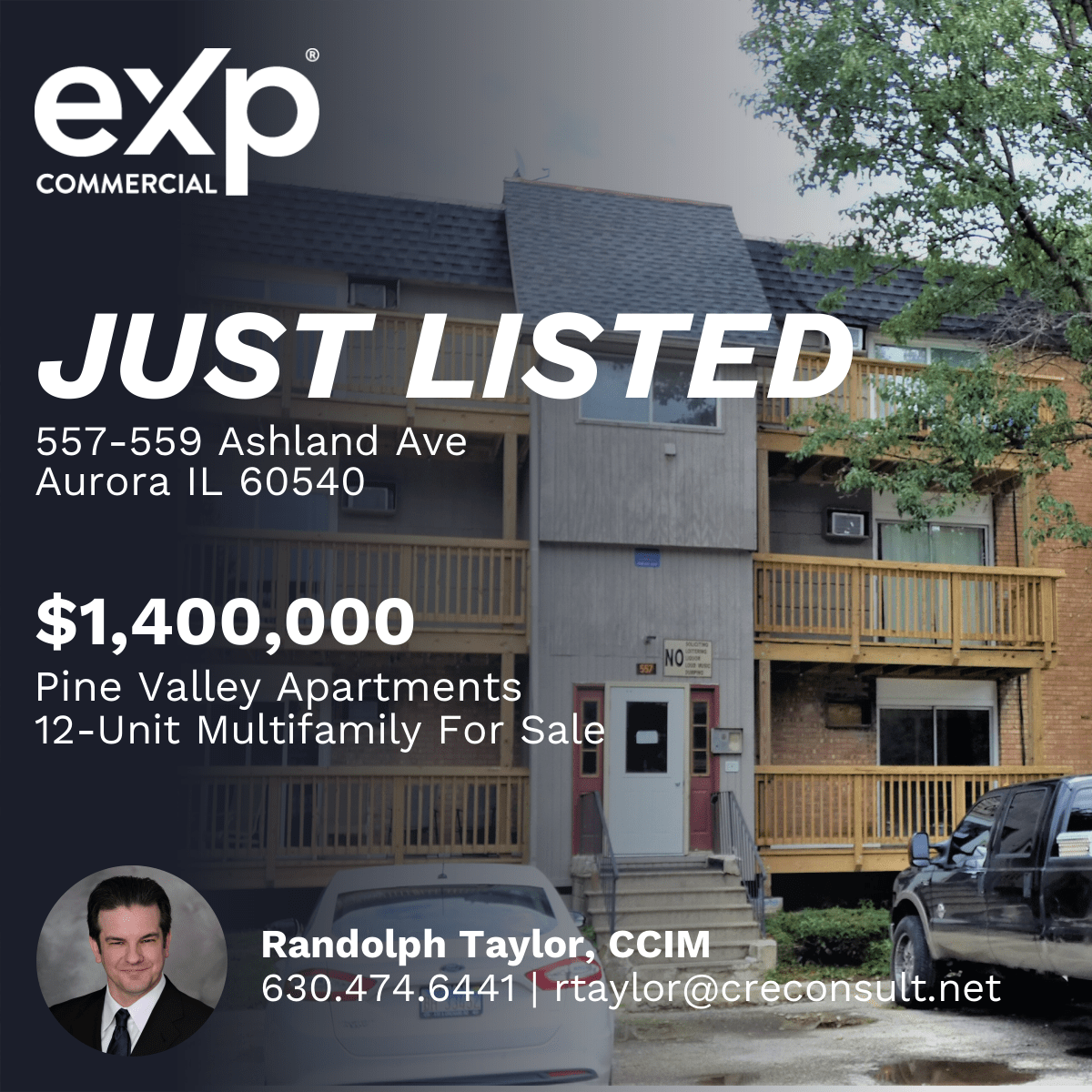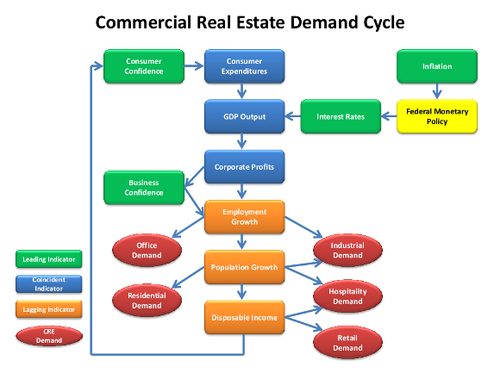
When real estate investors are evaluating a potential rental property purchase or a bank is underwriting a potential loan, one of the first documents that they will ask for is the property’s “rent roll” or “rent roll report.”
In this article, the rent roll document is described in detail and its utility in the CRE due diligence process is highlighted. Let’s start with a simple definition.
What is a Rent Roll?
A rent roll is an important document that lists all the tenants in the property. In real estate investing, it is an indispensable part of the due diligence process, and it is typically provided by the current owner or property management company. The format of the rent roll can vary – sometimes it is an Excel file, other times it is a printed report – but they all contain the same general information:
- Tenant Name: The name of the current tenant occupying a particular space in the property. If the space is unoccupied at the time the rent roll is produced, the tenant name could be “vacant.”
- Unit Number: The number of the suite or unit occupied by the tenant.
- Unit Size: The number of square feet (or square meters) occupied by the tenant. For example, a tenant may occupy 1,000 square feet of space. This number is particularly significant because rent is often charged – and rent payments are calculated – on a per square foot basis.
- Percent of Net Rentable Square Footage: Based on the tenant’s unit size, this is a calculated value that represents the percent of total square footage occupied by the tenant. For example, if a tenant occupies 1,000 square feet in a 10,000 square foot building, they occupy 10% of the net rentable square footage.
- Rental Rate: The rental amount paid by the tenant. Typically, there are two columns for this information. The first is typically expressed as a value per square foot annually and the second is the total gross monthly rent amount, which is a value calculated by multiplying the total SF leased by the gross rent PSF.
- Annual Rent: A calculated value that represents the total annual rent for the space. It is obtained by multiplying the monthly rent by 12. For example, if the rent for a space is $1,000 per month, the total annual rent is $12,000.
- Lease Start Date: The date that the lease became effective.
- Lease End Date: The date that the lease expires.
- Lease Term: A calculated value that represents the total term of the lease. It is typically expressed in months.
- Security Deposit: Some rent rolls, especially those for multifamily properties, may contain a section on the amount of security deposit that is currently being held for the tenant.
A rent roll is typically stored in a spreadsheet, so each of the above elements represents a column. It could look something like this (again, the actual format can vary greatly from one rent roll to the next):
Why the Rent Roll Is Important
There is no question about the importance of the rent roll, but its utility varies based on the perspective of the individual viewing it. For an investor, analyzing it is a critical part of the pre-purchase due diligence process. For a banker or lender, it is a critical part of the loan underwriting process. In either case, there are several key insights that can be obtained from a rent roll:
- Property Income: The sum of annual rents for all tenants provides an indication of the total annual income for the property. For example, if there are 3 tenants whose annual rent is $10,000 each, the property’s total income is $30,000. This is a useful starting point for calculating the property’s net operating income, or net cash flow after operating expenses.
- Tenant Concentrations: In commercial properties with multiple tenants, it is common for there to be one or more “anchor” tenants who lease most of the space in the property. For example, in a grocery store anchored retail shopping center, the grocery store leases the bulk of the square footage in the property and is supported by several other smaller tenants. The grocery store’s lease creates a “concentration” of space in the hands of one tenant and raises the risk profile of the property. If an anchor tenant decides not to renew their lease, it could be difficult to fill and could cause a drastic reduction in income for the property.
- Expiration Concentrations: If leases for multiple tenants expire on or around the same date, this represents a potential risk that investors and lenders would want to be aware of. In a worst-case scenario, none of the tenants renew their leases, which results in a drastic reduction in property income until the space is re-leased. Less rental income equals lower net operating income and a lower valuation.
- Tenant Roster: Who the tenants are has a major impact on the risk profile of the property. For example, a rent roll filled with unknown local businesses represents more risk than a rent roll filled with nationally recognized companies who are known to be financially strong. For this reason, bankers and investors like to review the names of each tenant and use them to research their financial condition.
- Lease Lengths: The length of each lease is important because it allows the banker and lender to forecast how long the stream of income produced by the lease will last. Rent rolls with tenants on long-term leases are preferred to those who have shorter term leases. In reality, most rent rolls tend to contain a mix of long and short-term leases.
- Comparable Properties: From an investor standpoint, a rent roll can be particularly useful as a tool to compare market rates from one property to another. For example, suppose the target property has average rental rates of $15 PSF, but similar properties in the same market are leasing for $18 PSF. In this case, it could be a sign that there is room to raise rents, which is a positive for investors.
- Vacancy/Occupancy: A rent roll helps investors to determine the total number of rental units occupied versus the total available to rent. A high vacancy number raises the risk profile of the property, unless there is a valid reason or pending leases for new tenants.
- Due Diligence: Finally, the rent roll can be a useful tool for pre-purchase due diligence for real estate investments. Commercial property owners, especially smaller ones, are notorious for keeping poor records. So, the rent roll can be used as a tool to evaluate the accuracy of reported income. For example, if the sum of total rental income on the rent roll is $50,000 annually, but the income statement reports $75,000, this can be a sign that one of the two documents is not accurate.
Although it may seem like a humble spreadsheet document, the points above support the idea that a rent roll is a critical tool that can be used to understand the health of a property.
Summary & Conclusions
A rent roll is a document that provides key information about the tenants that occupy a commercial rental property. Its format can vary by property owner or property type, and it is typically provided by the existing property manager as part of the pre-purchase and pre-loan due diligence process.
Despite potential differences in format, all rent rolls contain the same basic data points including things like tenant name, SF leased, rental rate, lease start date, lease end date, and the unit number.
Analysis of the rent roll can provide key information like tenant concentrations, property vacancy, potential rental income, and how the lease rental rate compares to the market rent for comparable properties in the same market.
Source: What is a Rent Roll?
https://www.creconsult.net/market-trends/what-is-a-rent-roll/





